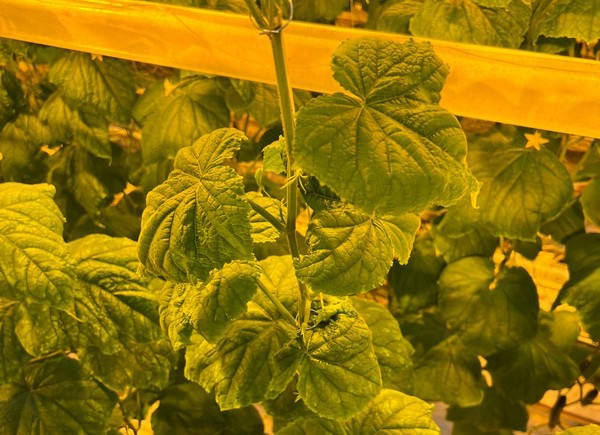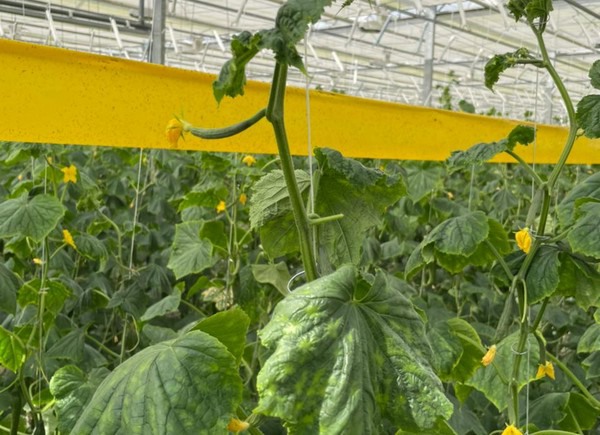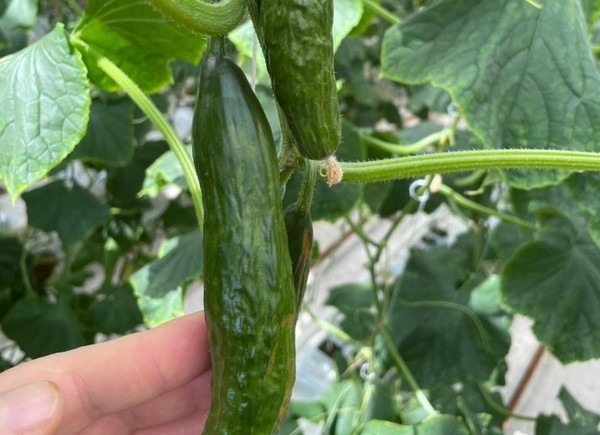In recent years, Poland has faced a growing threat from the CGMMV virus, causing significant concerns in the agricultural community. CGMMV, which stands for Cucumber Green Mottle Mosaic Virus, belongs to the Tobamovirus group and has been particularly troublesome in the Kalisz region. "This virus has not only impacted cucumber crops but has also raised alarm bells in the Baltic countries," says Piotr Slomiany with GrowConcept, a supplier of coconut substrates and other solutions for growing vegetables and berry plants.
He shares more information on the emergence of CGMMV in Poland, its impact on agriculture, and the potential solutions being employed to combat its spread. "The battle against CGMMV requires collective efforts, including improved greenhouse practices and the adoption of effective treatments."

The Rise of CGMMV in Poland
"The CGMMV virus has been a part of the Polish agricultural landscape since at least 2019. Historically, the presence of this virus was often linked to the presence of thrips or aphids. However, in a concerning development, 2023 saw the virus appearing as early as mid-February without the accompanying insects. This shift in behavior has raised questions about the virus's adaptability to changing conditions", says Piotr. He has been active in the growing and breeding industry prior to starting his own supply company and is in close contact with many growers.
Piotr explains higher temperatures have been a contributing factor in the virus's spread. "Rising temperatures have expanded the number of farms affected by CGMMV. The first symptoms typically manifest on the top leaves of infected plants, spreading rapidly throughout the foliage. Infected leaves experience reduced surface area, leading to diminished photosynthetic capabilities. As the virus progresses, it affects the fruit, causing growth deformities that render them unsuitable for the market. The plants themselves struggle to sprout, and when they fail to do so, they eventually wither, often during periods of intense sunlight, exacerbating the rapid development of the disease."

Sources of Infection
According to the team with GrowConcept, several factors have contributed to the rapid spread of CGMMV in Poland, including insufficient greenhouse disinfection. "Inadequate disinfection practices in greenhouses have facilitated the virus's persistence and spread," Piotr says, adding that the practice of reusing growing substrates can introduce the virus into new crop cycles. "And just like the tomato virus that affects the tomato industry, also this virus can be transmitted by employees, particularly when working with the upper parts of infected plants."

Addressing CGMMV: TOBRE as a Solution
In the battle against CGMMV, Piotr says researchers and growers are turning to a promising solution known as TOBRE. "This preparation has demonstrated effectiveness in combating the virus and preventing its spread. The key mechanism behind TOBRE's success lies in Systemic Acquired Resistance (SAR) combined with a size-optimized chitosan molecule", he says. "TOBRE leverages SAR to rapidly protect plant cells against virus attacks. This mechanism triggers cell compartmentalization, effectively shielding cellular organelles from infection. The size-optimized chitosan molecule further enhances TOBRE's effectiveness in preventing CGMMV infection." For cucumbers infected with CGMMV or ZYMV, he recommends the use of TOBRE for a duration of two weeks. "TOBRE can be administered through both watering and spraying applications. It is safe for biological protection and does not leave residues in the fruit, ensuring the safety and quality of the produce", he concludes.
For more information:
Piotr Slomiany
GrowConcept
http://www.tobre.eu
